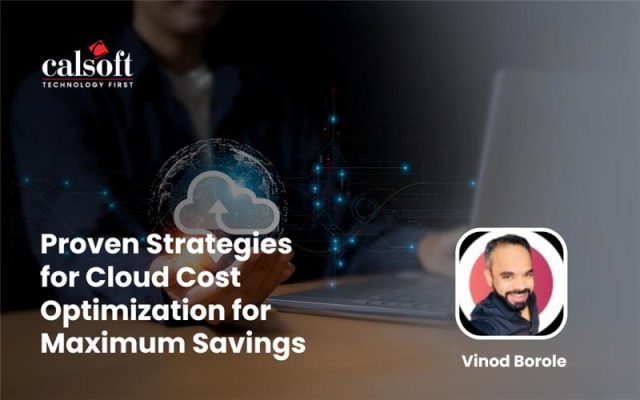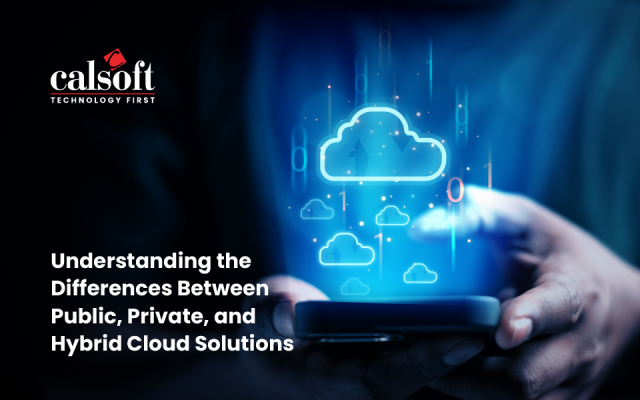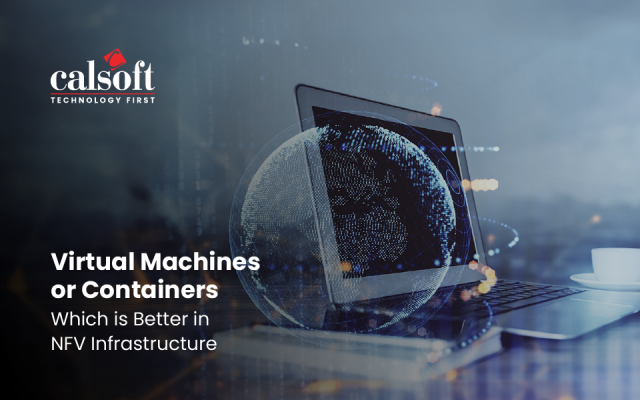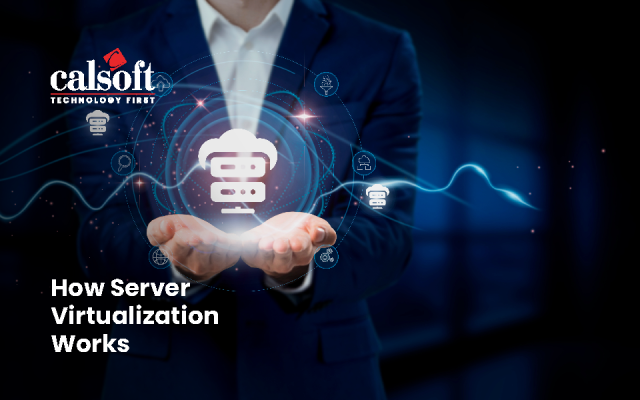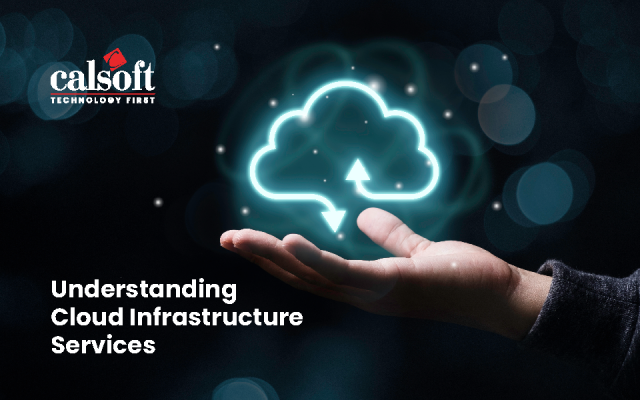I can say I am playing in clouds – black or white not sure. I majorly have worked on public cloud platforms, but now more and more use of its services are exposed and atleast people are spending time to learn these exceptional changes. I would like to mention particularly about CI/CD approach here. I can see most of customers and IT organizations are now asking for CI/CD approaches but somehow there is lot to understand on the approach side of it.
What is CI/CD – Continuous Integration and Continuous Development is the approach now days where most of the development organization have started adopting. In my view, since I have exposure on working on big solution releases, I feel this one is also kind of big solution approach which involves good amount of technical knowledge on adopting platform, development and testing process, for EO’s might be deliverable processes.
This is the approach which helps you to put your development directly into production without having downtime that means push to production strategy we can say it here. Now, lets talk about traditional approach here, where we usually plan the project timeline, deliverables timeline, development, testing and so on and finally releasing of your project or deliver of your project. The process itself is time consuming and customer needs to wait for longer period of time to see its product availability.
This is bit shortened with this new approach, whatever is ready is available on production level which is customer accessible mostly by way of UI or functionality. How the approach starts here?
The traditional way of planning is not going anywhere but yes if its new project line there it might be time consuming again as there is lot more to discuss on features, requirement front. Yet another challenge is the technology, platforms, infrastructure that is going to be used based on ROI. One should only consider to have the platform ready for deployment. Again, you need to consider customer’s existing infrastructure where to reuse as most of them are not ready to completely not using the same. I think, we can now call this entire theory as DevOps here.
In my view, there are different level customers when you are approaching to DevOps ( or CI/CD). First one are the developers/architects who actually help in developing the code to build software out of it. Second, are the operation management (Ops) who actually creates DevOps platform, Testers supposed to be helping hand here to check the quality of the software which is developed using DevOps platform and one should not miss the documentation team here who actually write the manuals either on product side or helping developers for context sensitive help.
The ultimate result would be smooth process on requirement from customer side fixed in digital way of approach after all its digital time going on.
This blog is general concept of defining new market strategies currently companies are adopting. I hope it is in readable format. Please share your views and comments.

